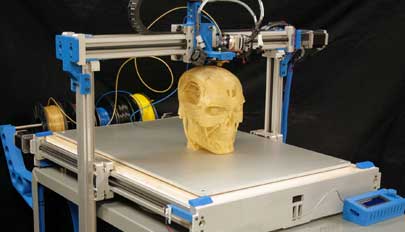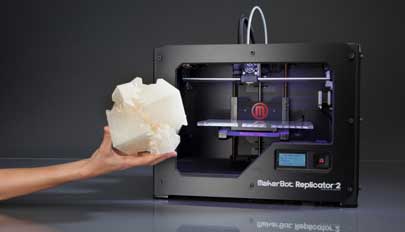If your 3D printer is having problems, you need to check the filament. Many 3D printers can’t detect the filament and will cause the print head to move. In these cases, you need to lower the travel speed and clean the printer. You can also try to adjust the settings in the software to see if this will fix the problem. But if it’s not working, you might have a platform problem.
Keeps Your Print From Failing

The most common problem with 3D printers is that the top layer has gaps or holes. This gap is often visible only near the end of the print process. It seems like there are holes between the layers, causing the print to fail. To fix this problem, you should increase the number of solid layers on top. This will help to fill in the gaps. It’s also a good idea to use glue and calibrate the bed level on heated printers.
Common Issues with 3D Printing
Another common 3D printing issue is bad bridging. A bridge can be made without support material, but the result will be thin and lacking thickness. So if you’re experiencing this issue, you should increase the temperature of your extruder. Make sure you aim the fans at your model so that they can direct the airflow into the model. If the filament is too hot, it will lead to a weak infill layer. Whether you plan for to discover the latest information about 3D printing, you must sneak a peek at Pick3dprinter website.
Warps Occur Near the End of a Print
A very common 3D printing problem is called warping. This is a problem that occurs near the end of a print. The top layer has visible gaps or holes between adjacent layers. The print is likely to fail because of this gap. To fix this problem, you can increase the number of solid layers on the top. This will fill the gaps. If this doesn’t solve the problem, try lowering the temperature.
Care for Your Print
Wavy prints have rings or waves, and it is important to take care of them as soon as possible. When this happens, you can try to fix the problem by adjusting the settings. If you’re using an older printer, it’s best to check it for warping. This will prevent the print from being warped. A warped print will have gaps. While it may be a small problem, it can cause a large gap.
Prevent Wavy Prints

If you have printed several times before, you probably have seen a few other problems. The first is wavy prints. If your prints are wavy, you’ll notice that they are not thick. This can be caused by motors and fans, or by worn bearings. Be sure to monitor the printer’s settings and vibration levels. If these are not accurate, you may need to re-install the entire printer.
Conclusion:
A wavy print means that the top layer is too thick and has a lack of definition. This can be caused by a worn bearing or a worn motor. When the print is wavy, you should adjust the temperature of the extruder to prevent this from happening. By raising the temperature, you’ll be able to fix the problem in no time.





